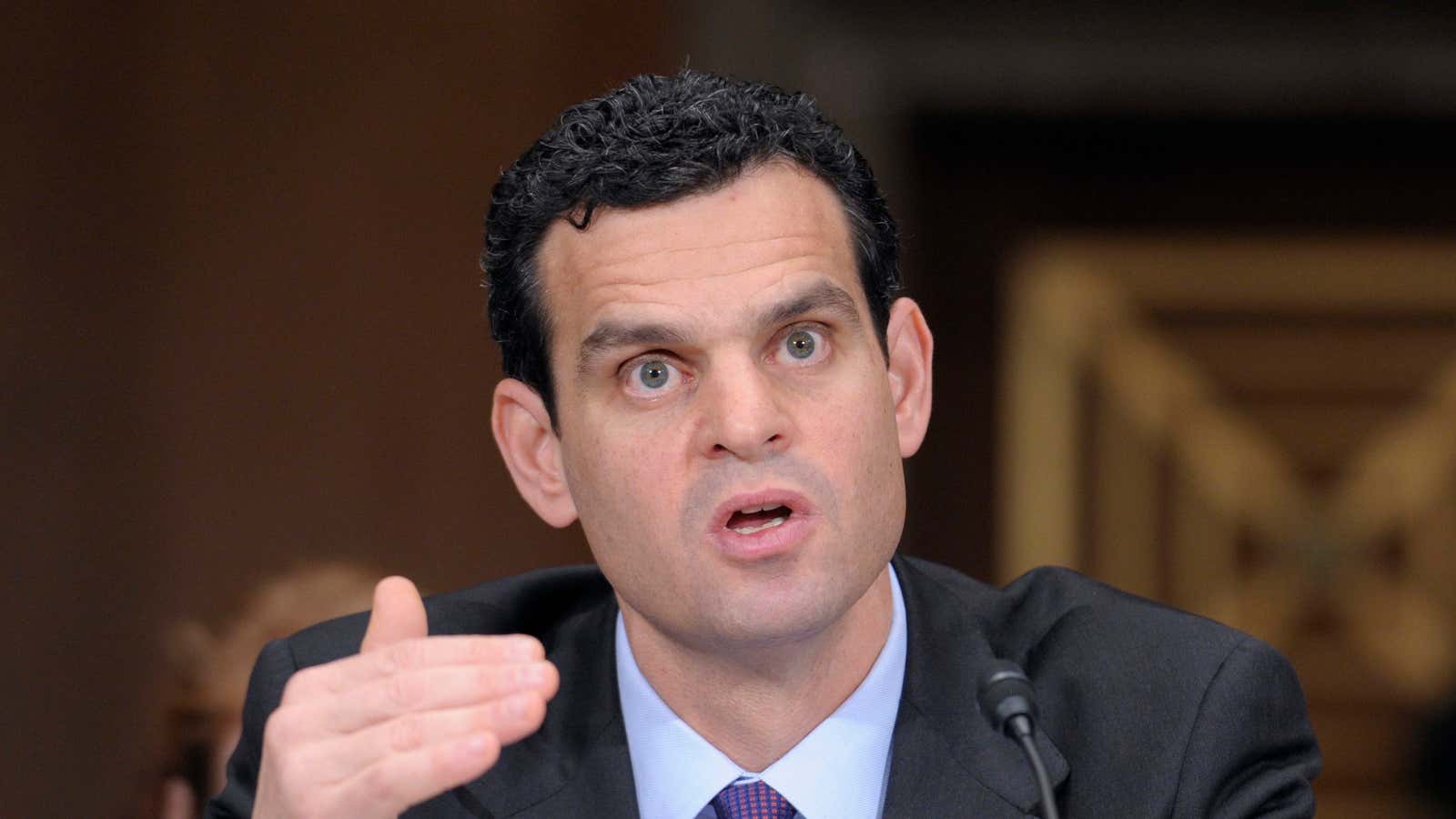In the US government’s fight against money laundering, 2012 was a good year. The crowning event was the largest money laundering-related settlement in US history, which saw HSBC fork over $875-million for handling a fortune in Mexican drug cartel money. And to show that tough was here to stay, toward the end of last year the Treasury Department announced that it would modernize the current anti-money laundering framework, which is governed by a statute that’s more than 40 years old.
An upgrade is sorely needed. Under the existing law, banks only have to verify basic information about the owners of their accounts. It was the permissiveness of this law that enabled HSBC’s bankers to turn a blind eye when Mexican cartel members arrived with boxes specially designed to fit through the bank’s teller windows, as part of the cartel’s streamlined cash collection system.
Holding financial institutions accountable for knowing whose money they’re handling is one of the best ways to prevent banks’ complicity in money-laundering. As David Cohen, the undersecretary for terrorism and financial intelligence, explained, ”Accurate information about who benefits from activity in an account is essential to identifying elevated risks and stopping illicit activity and illicit actors.” That’s why the Treasury’s new legislation aimed to place the onus of responsibility for accurate account information on the banks themselves.
But now the Treasury has decided that banks won’t have to verify the identities of their account holders, according to the Wall Street Journal. Though they’ll still have to ask their customers who owns the account, banks will not be liable for the veracity of that information.
This is night and day compared with what the Treasury had originally planned. The department hasn’t explained the reasons behind its the reversal. But the expressive displeasure of financial services lobbyists (pdf, p.3) voiced during a series of roundtables held in late 2012, helps to explain what happened. Industry representatives complained that the verification work would be too costly for banks, and suggested that the rules be changed so that customers, instead of the banks, be held accountable for providing truthful information.
In theory, as long as banks ask new customers to provide them with the appropriate information about who owns the account, and who profits from it, they’ll be off the hook if that information turns out to be false. Even if the real account owner turns out to be, say, the head of an al-Qaeda cell.
This flip-flop is especially lamentable considering the Treasury has long been one of the world’s most effective crusaders against illicit financing. Last year, it shut down two exchange houses in Afghanistan and Pakistan that moved funds for the Taliban. In 2011, it clamped down on a Lebanese bank that laundered narcotics money for Hezbollah. And for years, it has imposed economic sanctions on the Iranian regime.
The new, watered-down anti-money laundering framework is set to come out within a few weeks. Here’s to hoping the final version does more than pay lip service to global financial transparency, and actually institutes meaningful reform.
